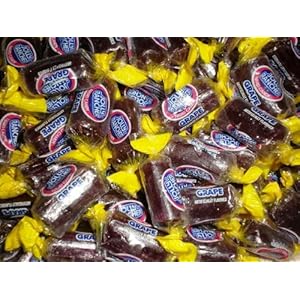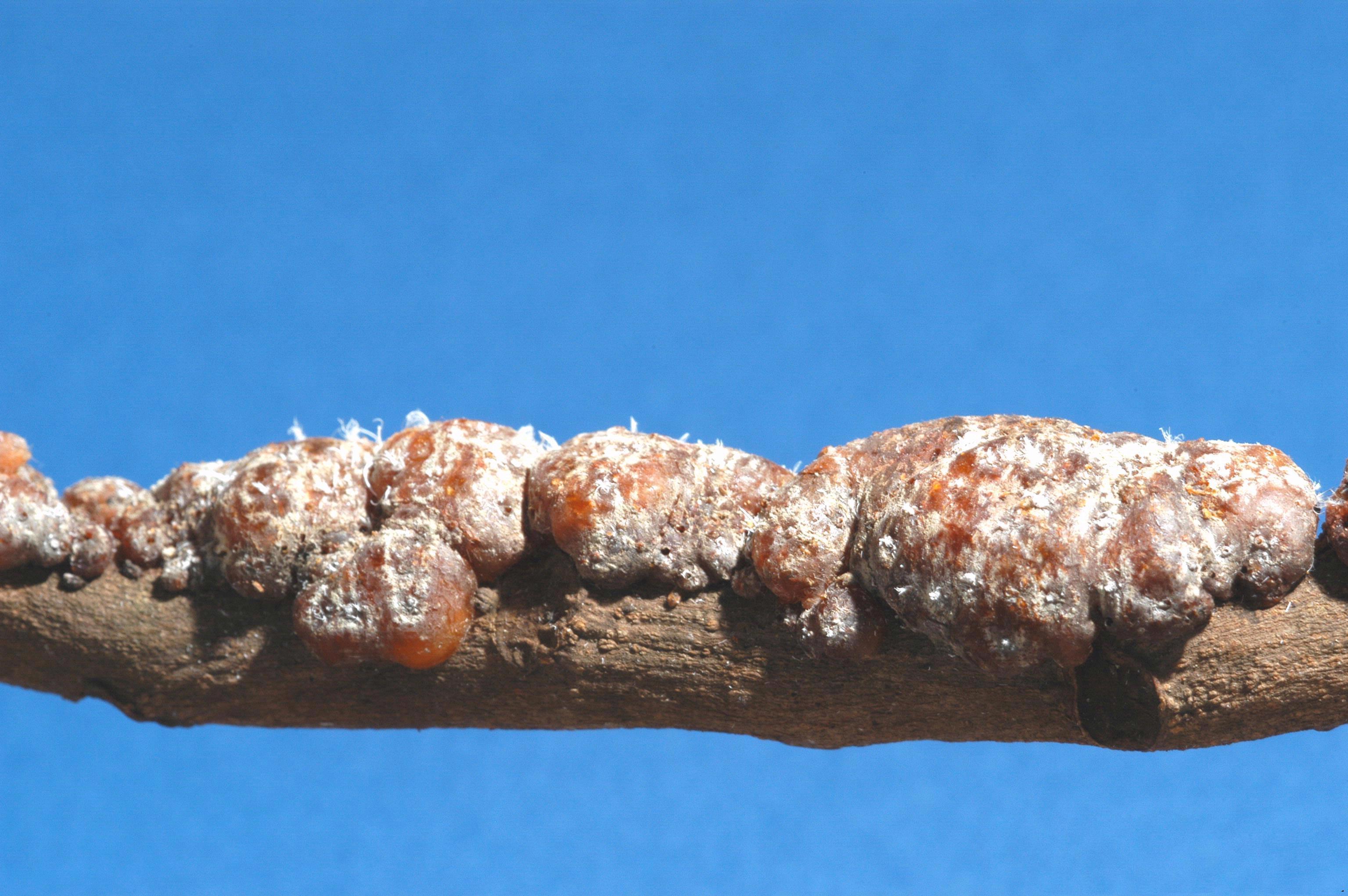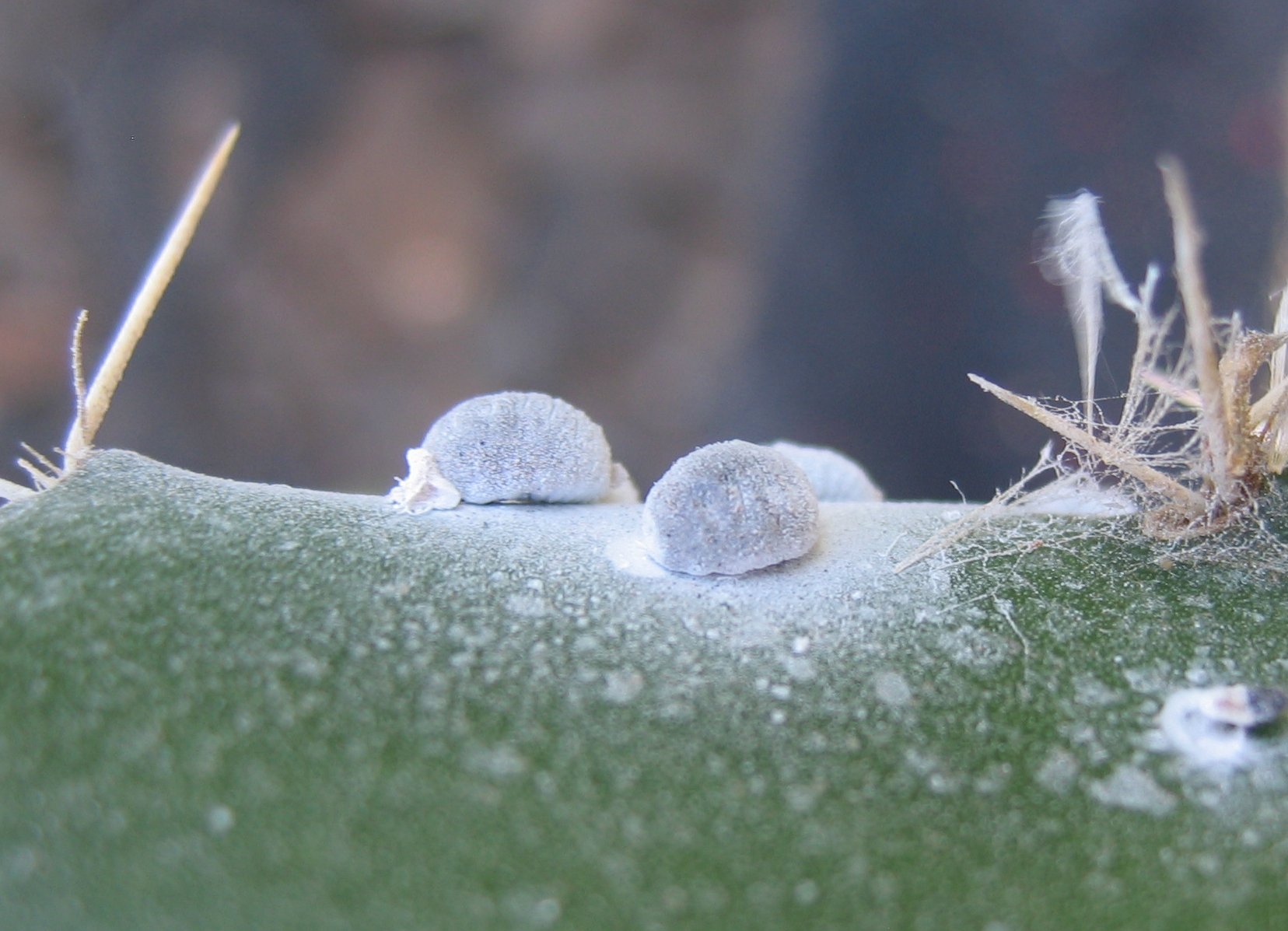Confession: I grew up hating fruits. And no, I don’t mean “dislike.” I hated fruits. No two pieces ever tasted the same. I could eat one apple and it’d be crisp but another I bought at the same time would be mushy. Strawberry seeds were second only to popcorn for gum irritation. And none of the fruits tasted like their artificial flavor counterparts.
To this day, one of the biggest disappointments in my life
was finding that not all grapes are purple, and they taste nothing like Jolly Rancher candies.
 |
| What are you? What are you!? |
So I went 20 years avoiding fruits like they were made of
yellowcake uranium. When I absolutely had to eat some, I tried to pick
the ones that tasted most like candy – tart Granny Smith apples or sour white grapes.
And I would have kept this trend going were it not for my girlfriend, Jessie.
When she found out that I didn’t eat fruits, she responded
the same as every other friend, family member, and acquaintance had until that
point, “Whaddya mean you don’t eat fruit!?” As a vegan, Jessie ate fruits daily. It boggled her mind how I lived without them.
 |
| Jessie's a lot cuter than this guy. But she had a similar expression. |
So I bit the bullet and decided to give them a chance. To make it romantic, I invited her out
to a local fruit market. “I want you to teach me about as many fruits as possible,”
I said. “You have one lunch to convince me that they're everything you say
they are.”
Fellas, take note. I’m not a smooth or suave kind of guy,
but I’m proud of this move. It always makes for a fun date. Give your partner a
chance to teach you about something new and I guarantee you’ll both have a
blast. No matter how the date goes, you’ll create a memory worth having.
So, Jessie and I had our fruit lunch. In one sitting, I tried
15 different types of fruit: Pineapples, clementines, blood oranges, Valencia oranges,
strawberries, blueberries, raspberries, kiwis, kumquats, grapefruits, plums,
peaches, pears, mangoes and nectarines.
I wish I could say that I stuck to my guns like a typical
guy. I wish I could tell you that after I burped the pulpiest burp of my
life, I looked at Jessie, crossed my arms and said, “Well, you had your shot,
kiddo. And I have to say… I’m wholly unimpressed.” And then I wished I had
picked up a toothpick, chomped on it pensively and added, “But we’ll always
have Randazzo’s…”
 |
| "Of all the produce departments, in all the towns, in all the world, she walks into mine." |
I wish I could tell you that. But the truth of the matter is
that I’m now a fruit-loving fiend. My refrigerator is always stocked with
pineapple chunks and halved strawberries.
(Dang it.)
So, in keeping with this week’s theme of healthier desserts,
here’s a recipe for my favorite fruit pastry. It’s very cheap, quick to prepare and tastes fantastic! If you have little ones, it's a very hands-on dessert that can get pretty messy - A fun time as far as any kid is concerned!
Apple Pinwheels
- 1/3 cup water
- 1/3 cup butter
- 1 1/3 cups sugar, divided
- 2 (8 ounce) cans refrigerated crescent rolls
- 3 cups finely chopped peeled tart apples
- 1 teaspoon apple pie spice
Directions
- Preheat oven to 350 degrees Fahrenheit.
- In a saucepan, combine water, butter and 1 cup sugar; cook over medium heat until butter is melted and sugar is dissolved. Set aside.
- Unroll crescent dough into one long rectangle; seal seams and perforations.
- Combine the apples, apple pie spice and remaining sugar; sprinkle over dough to within one inch of edges.
- Roll up, jelly-roll style, starting with a long side. Cut into one-inch rolls; place in a greased 15-in. x 10-in. x 1-in. baking pan.
- Pour reserved syrup over rolls. Bake for 40-45 minutes or until golden brown. Serve warm.
















